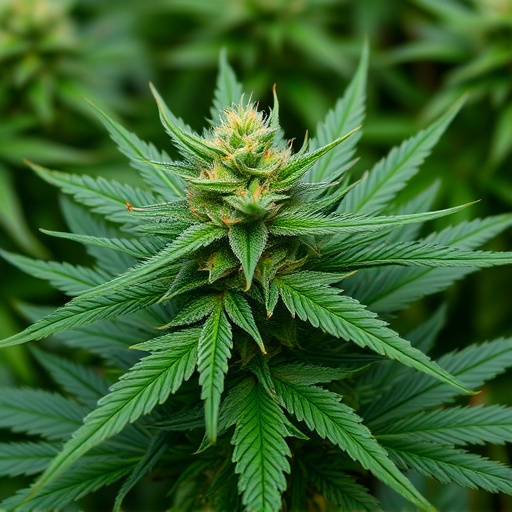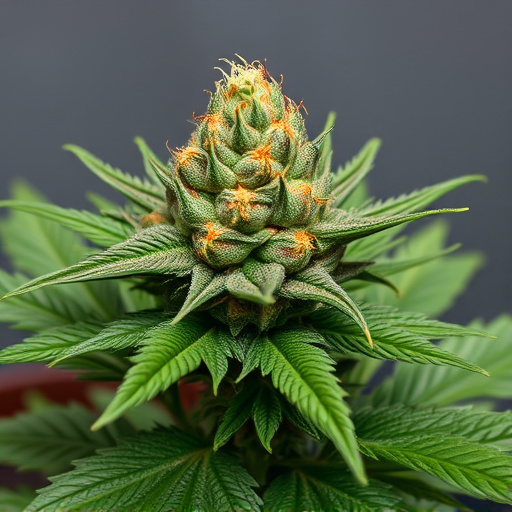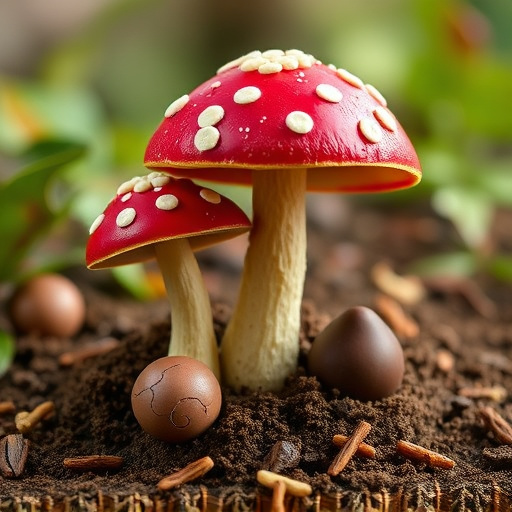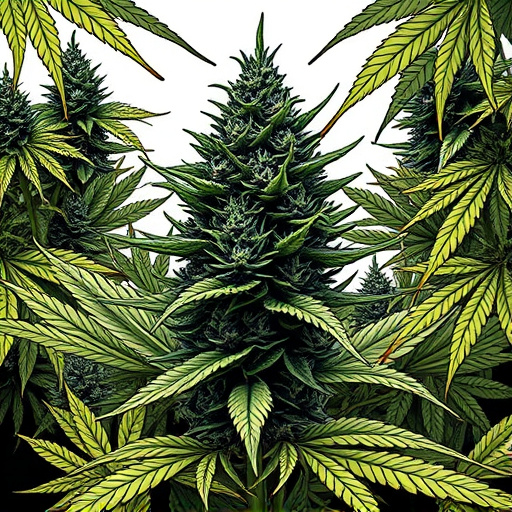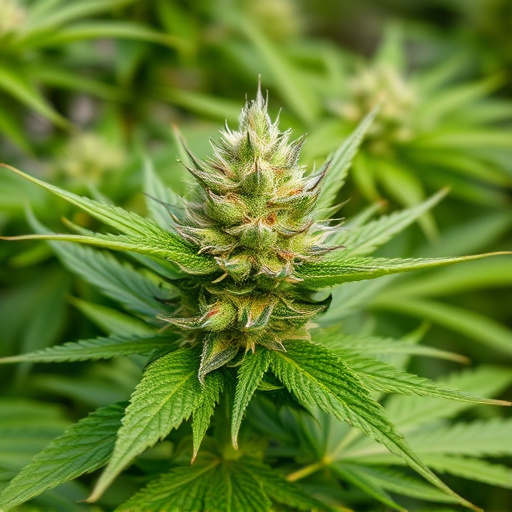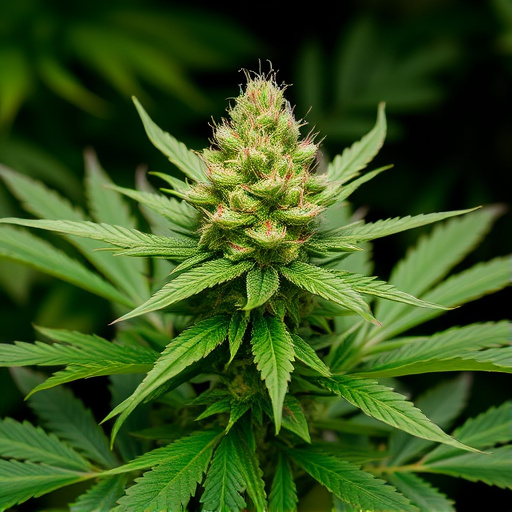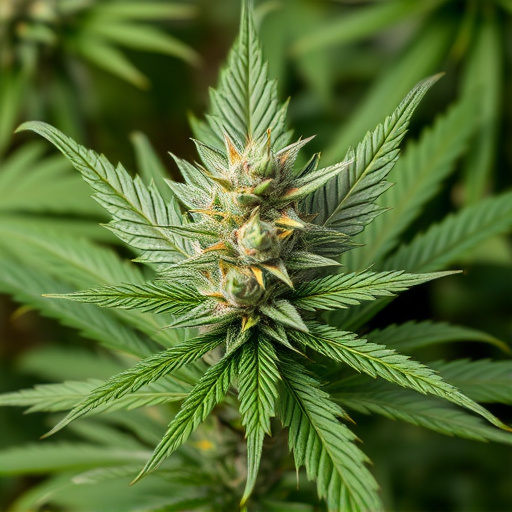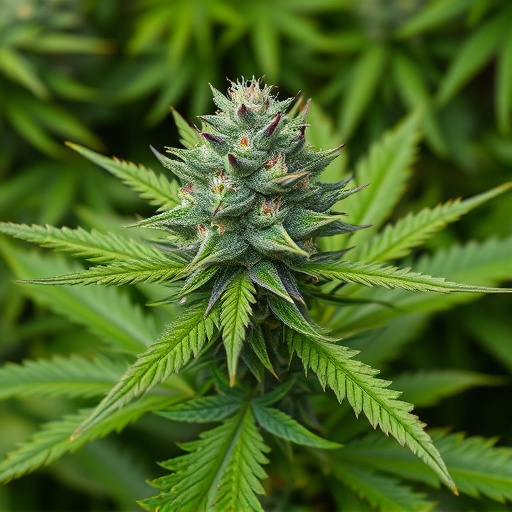The unique scents of original strains of cannabis are encoded in their DNA, determined by chemical compounds like terpenes and cannabinoids. Over 100 types of terpenes create a diverse range of aromas from citrusy to floral, with myrcene offering earthy musky notes and limonene providing a bright citrus scent. Environmental factors during growth influence terpene production, leading to varied profiles that shape the cannabis experience. Our sensitive noses detect these volatile compounds through olfactory receptors, allowing us to appreciate and differentiate the captivating aromas of original strains of cannabis.
Unravel the enigmatic aromas of cannabis with us as we explore what truly determines its distinctive scent. From the genetic makeup and terpene profiles that form the foundation, to environmental factors influencing expression, and the sensory perception that makes it so captivating—we dive into the science behind the smells of original strains of cannabis. Discover how nature’s alchemy creates the diverse aromas that have captivated enthusiasts for ages.
- Genetic Makeup and Terpene Profiles: The Foundation of Cannabis Scent
- Environmental Factors: How Terpenes Express Themselves
- Sensory Perception: Unraveling the Human Nose's Role in Aromatic Experience
Genetic Makeup and Terpene Profiles: The Foundation of Cannabis Scent

The genetic makeup of cannabis plants plays a pivotal role in determining their unique aromas, laying the foundation for the scents we associate with different original strains of cannabis. Each plant’s DNA codes for specific chemical compounds, including terpenes and cannabinoids, which contribute to its olfactory profile. Terpenes, often referred to as the “aroma molecules,” are volatile oils responsible for the characteristic smells of various plants, including cannabis. With over 100 types of terpenes identified in cannabis, their combination and concentration significantly influence the scent and flavor we experience.
Different terpene profiles create a diverse range of aromas, from citrusy and fruity to spicy, woody, or floral notes. For instance, myrcene, a common terpene in many cannabis strains, is known for its earthy and musky scent, often described as reminiscent of fresh cut grass or mangoes. Similarly, limonene’s bright and refreshing citrus aroma can be found in some hybrid strains, offering a crisp and uplifting olfactory experience. Understanding the genetic contributions to terpene profiles is crucial in appreciating the intricate relationship between cannabis genetics and the sensory experiences they impart.
Environmental Factors: How Terpenes Express Themselves
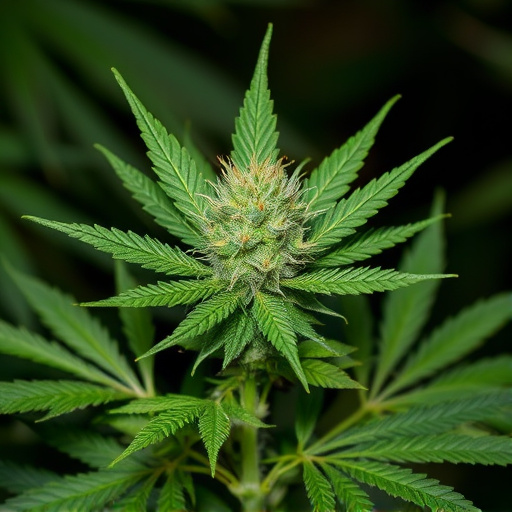
The unique aroma of cannabis is a complex interplay between various chemical compounds, and environmental factors play a significant role in shaping these scents. Terpenes, organic compounds responsible for the characteristic odors of many plants, are key contributors to the distinct fragrance of different original strains of cannabis. They not only provide aromatic profiles but also offer potential therapeutic benefits.
Environmental conditions during the growth phase can influence terpene expression. Factors like temperature, humidity, and light exposure impact the plant’s metabolism, dictating which terpenes are produced and in what quantities. These environmental cues trigger specific biochemical reactions within the cannabis plant, leading to diverse terpene profiles that contribute to the diverse aromas we experience across various original strains of cannabis.
Sensory Perception: Unraveling the Human Nose's Role in Aromatic Experience
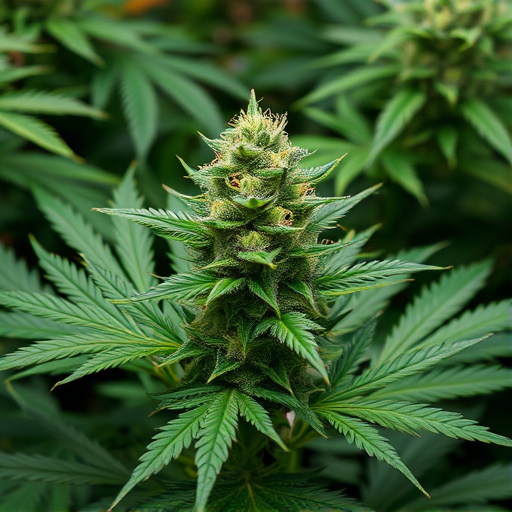
The human nose plays a pivotal role in the aromatic experience of original strains of cannabis, as it’s incredibly sensitive to volatile compounds present in the plant. Our ability to perceive and interpret aromas is a complex interplay between chemical signals and neural responses. When we smell cannabis, various odorant molecules bind to olfactory receptors in our nasal cavity, triggering a series of electrical signals that travel to the brain for interpretation.
This process allows us to discern distinct notes such as floral, earthy, fruity, or spicy characteristics. The unique combination of these compounds contributes to the overall aroma profile, making each original strain of cannabis distinctive and appealing to different senses. Understanding this sensory perception is key to appreciating the intricate nature of cannabis aromas and their impact on user experience.
The distinct aroma of cannabis is a complex interplay between its genetic makeup, environmental influences, and our sensory perception. Terpene profiles, shaped by unique genetic variants in original strains of cannabis, are heavily influenced by growing conditions such as temperature, humidity, and light exposure. Our olfactory system then interprets these terpene expressions, allowing us to experience the diverse and captivating aromas associated with different cannabis varieties. Understanding these factors offers a deeper appreciation for the rich tapestry of cannabis scents.
